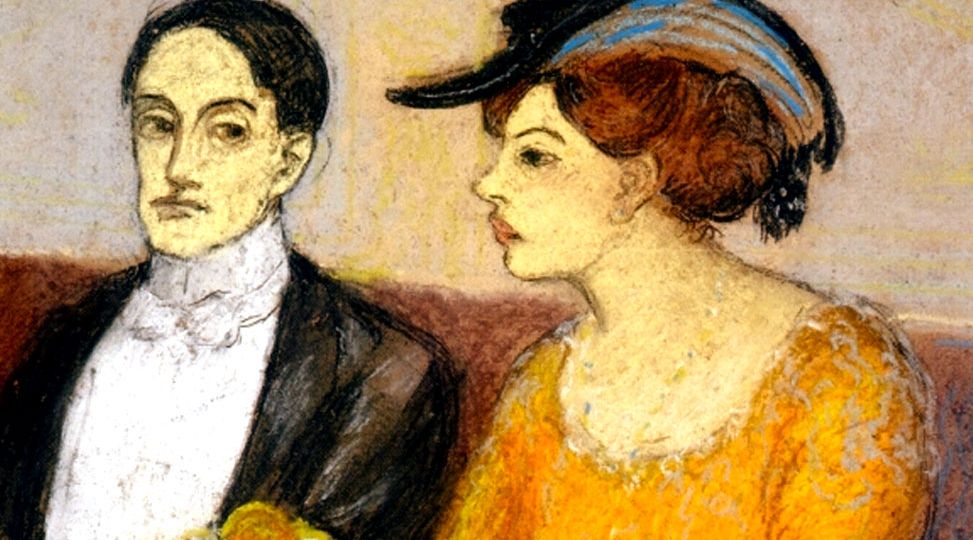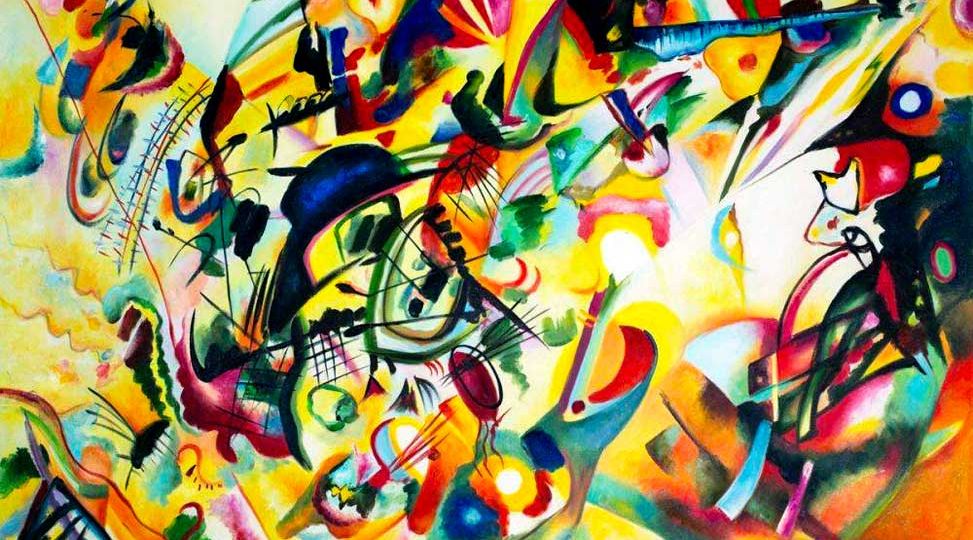The modern emphasis on self-awareness seems to have taken our psychological development about as far as it can for now; further progress requires the pendulum to swing towards attending to our interrelatedness, toward Self-awareness. The two most active and influential sociopolitical worldviews of our time, conservatism and progressivism, are both demonstrably collective in orientation.
Mark Hunziker
She could not compete with me in the extraverted thinking mode that I (and our culture) insisted upon, so my well-meant out-reaching felt like attacks to her, and my peace offering of objective discussion was like a Viking’s looming battle-axe. Rather than take part in a Te confrontation that she couldn’t win, she had changed the rules, initiating an introverted feeling battle of attrition.
I allowed myself to take a little vacation from my single-mindedness and felt a shift in attitude and awareness almost immediately. My linear, tunnel-vision mindset relaxed, and I began to notice and embrace information, insights, and opportunities that came along unexpectedly and felt important despite having no logical connection with the task at hand.
Within the function-attitude preference hierarchy for each type, there are three natural groupings which seem to reflect a “Me, Spirit, and Other” delineation and describe our areas of “strength, vulnerability and creativity, and defense,” respectively. Is it more than a coincidence that this configuration has parallels in most traditional world views, as “Earth, Heaven, and Underworld?”
Is differentiation of an ego-syntonic function-attitude somehow different from differentiation of an ego-dystonic FA? Or maybe differentiation works the same for all function-attitudes and it’s just in the subsequent integration process that the distinction between ego-syntonic and ego-dystonic comes into play. Do we need a more refined understanding of typological development?
I see very clear portrayals of the function-attitudes in my canine friends. They often manifest in such simple and “pure” form that I feel I’ve been given a glimpse of how our human typologies may have evolved, and at what the function-attitudes “look like” without the complex dynamics and conscious obfuscation of human personalities.
The typical debate, –’Profiling is bad!’ vs. ‘We’re not profiling!’&ndsh; has not been particularly productive. Racial and ethnic stereotyping continues despite decades of public condemnation. It seems to me that the questions we really need to be considering are more along the lines of: ‘What is profiling?’ ‘How and when does it lead to bad outcomes?’
Jung observed that, “The developing personality obeys … only brute necessity; it needs the motivation force of inner and outer fatalities.” Are “outer fatalities” a requisite for growth? Are “inner fatalities” necessarily traumatic and potentially catastrophic? Are there gentler, more positive ways of facilitating development of personality?
In the type table in the accompanying article on the type-diverse classroom, almost 60% of the ‘at risk’ and drop-out students are reported to have dominant extraverted perception, while almost half of the teachers are dominant introverted perceivers. Is extraverted perception misdiagnosed as a learning disability? Or, is that preference actually problematic …
Our often-used shorthand illustration with a line drawn between the four allegedly conscious function-attitudes and the four “unconscious” ones is misleading because consciousness is not a sufficiently reliable characteristic for distinguishing these two sides of the psyche’s typology. It’s related to what distinguishes them, but only as a secondary and fairly unpredictable characteristic.











